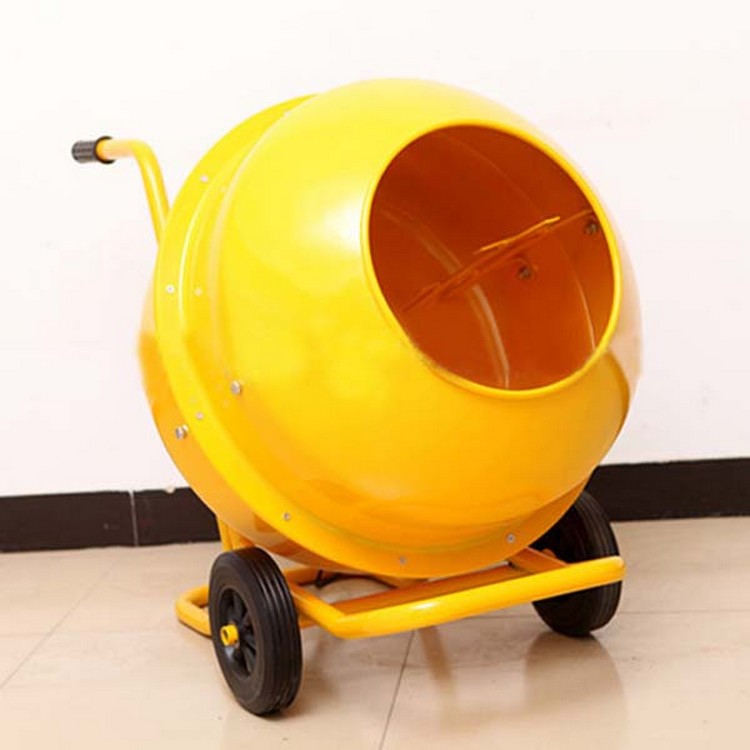What Should You Know Before Purchasing Cement Mixer
Capacity
When choosing a cement mixer, several key factors should be considered. One of them is the cement mixer’s capacity. We choose a cement mixer depending on the type of project we want to carry out. During bigger projects it is worth considering a much bigger machine. Cement mixer usually have two capacities -- working and total capacity. The working capacity determines the maximum amount of raw material produced, while the total capacity is the maximum capacity of the drum.
Shape
We distinguish between drum and pan cement mixers. Pan cement mixers are perfect for larger investments. Their main advantage is a larger capacity, which in turn allows to mix much more material in a shorter time. Drum-shaped cement mixers are characterized by lower capacity and therefore, they are suitable for working on smaller investments.
Tilt
There are two types of manual tilting are available. The first one uses a round handle and is by far the most popular but requires more force. This option is used in cheaper and less professional cement mixers. The “crank” tilting is used in larger and more expensive cement mixers. The tilt is achieved by means of a worm gear, which helps the user. This solution significantly helps during operation and reduces fatigue. It is especially Recommended for companies where employees work with this equipment on a daily basis.
Power supply
Single-phase and three-phase cement mixers are available on the market as well as those powered by an internal combustion engine. Today’s three-phase designs are much more powerful than single-phase ones, but this comes at the cost of electricity consumption. Single-phase motors will be much more economical and often sufficient. An interesting solution is the use of an internal combustion engine, which will work perfectly on construction sites without access to electricity.
